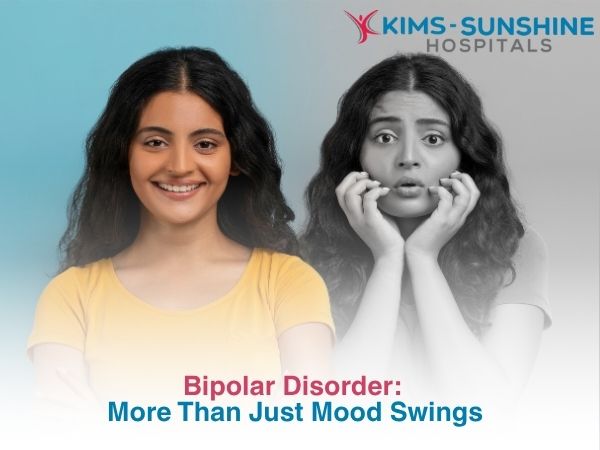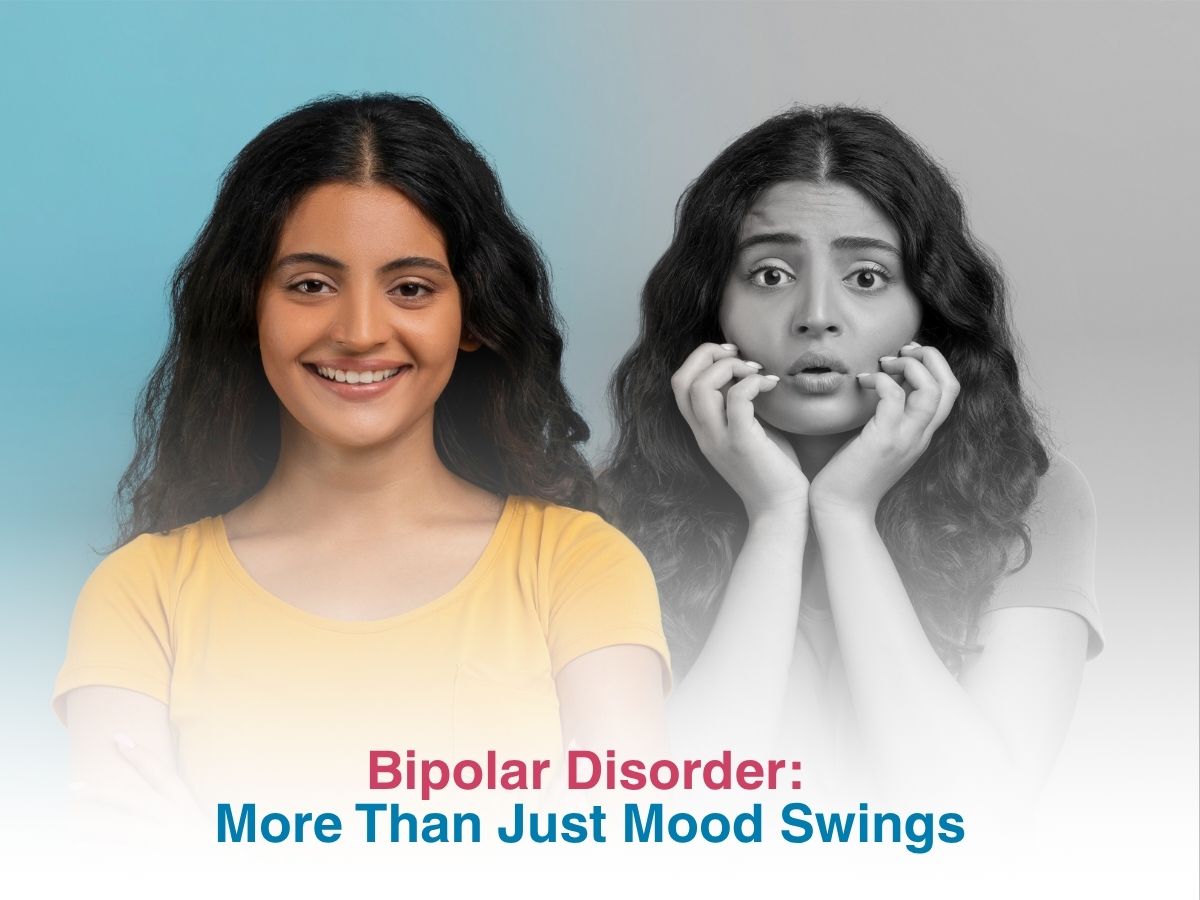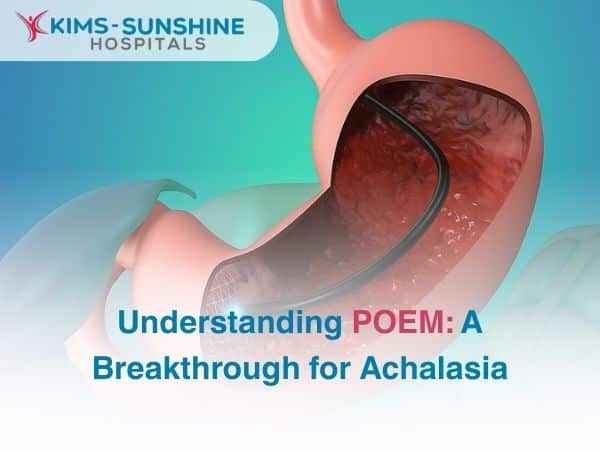
Bipolar Disorder: More Than Just Mood Swings
 Bipolar disorder (BPAD) is a psychiatric disorder that has been known in medical circles for a very long time now. It has been named in a few different ways- manic depression, manic depressive psychosis, manic depressive reaction and so on – from the 1800s to the early 1950s by various psychiatrists and doctors, though this is a condition that has been known from antiquity. Socrates talks about such people being extremely creative. There is a 0.3-0.5% incidence in India, but with our population, the numbers are pretty sizeable.
Bipolar disorder (BPAD) is a psychiatric disorder that has been known in medical circles for a very long time now. It has been named in a few different ways- manic depression, manic depressive psychosis, manic depressive reaction and so on – from the 1800s to the early 1950s by various psychiatrists and doctors, though this is a condition that has been known from antiquity. Socrates talks about such people being extremely creative. There is a 0.3-0.5% incidence in India, but with our population, the numbers are pretty sizeable.
Early Signs And Symptoms Of Bipolar Disorder
Some of the earliest signs present themselves in teenagers, where they either seem euphoric or are very depressed, cannot seem to stick to a normal sleep schedule, get irritated very easily and are not that great while making decisions. But, dealing with teenagers in general is pretty challenging, so these may be smoothed over as normal days. For some people, they may be super happy for a few days and then get depressed, or they may feel both or they may be completely normal in between these 2 phases. Since presentation is so different in each individual, diagnosis becomes a challenging issue. If you can notice a stark difference in how you feel- very great at one point and down in the dumps the next, and it keeps happening often, then you should talk to a doctor about your symptoms.
Difference Between Bipolar Disorder And Mood Swings
The main difference is the duration- mood swings generally go away in a few hours or days but if you have BAPD, then you may have days where you are euphorically high and are extremely productive. Then there may be days where you just can’t get out of bed and are pretty useless with deadlines and decision making. If you keep cycling between these phases of emotions, then you may have BAPD or undiagnosed disorders. If it goes on for weeks or months at a time, then it is NOT a mood swing. Mood swings are considered normal and even necessary- as they help gauge how you react to a particular situation- stressful or pleasant.
Types Of Bipolar Disorder And How They Differ From Each Other
There are 3 main kinds of BAPD-
- Type 1- where a person mostly has manic episodes after a very major depressive episode or hypomania. Sometimes, they may also have to deal with psychosis- altered sense of reality.
- Type 2- Where you mostly have major depressive episodes and some hypomania, but have not really had a manic episode yet or at all. A depressive episode is in no way less harmful than a manic one and you should never feel that it is a milder form of BAPD.
- Cyclothymic BAPD– Where these episodes are mild and you are not extremely depressed and feeling suicidal. But you still carry a faint feeling of being down, discouraged and melancholy.
Mania in general is characterised by you feeling very euphoric, very productive at school or work, feeling over confident about yourself and your abilities, making rash decisions and getting distracted very easily. Major depressive episodes mean you feel sad, melancholic, hopeless, irritable or hostile too, and do not want to do anything at all. You may sleep too much or too little, feel tired all the time and cannot seem to decide or make any judgement calls normally. Symptoms may be mixed or cycle rapidly- where you have messy feelings of all kinds at once or if you have cyclical manic, hypomanic and depressive episodes one after the other (at least 4 times in a year).
Conclusion
Bipolar disorder is of different types and most people who get diagnosed as being depressed may actually have BAPD in reality. BAPD is normally diagnosed with questionnaires, by taking a detailed medical history and by talking to other people about how you have been or how you have reacted before in different situations and check your thyroid levels. Most people think that BAPD is a mythic condition and that their feelings will just go away in a while. But, BAPD needs to be managed and treated in the right way, so that you can go about life. Drugs may be prescribed or you can have therapy, but it is important that you stay committed to the cause of living life well for the most part.






